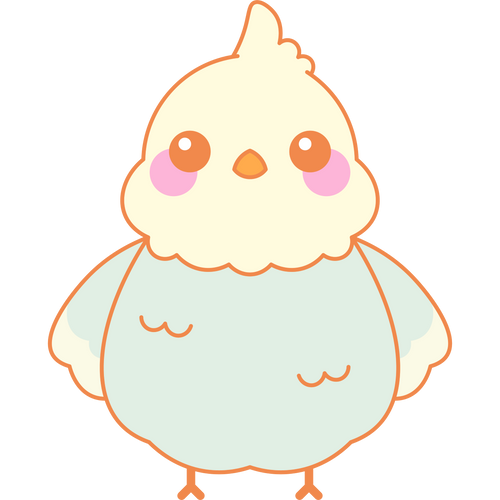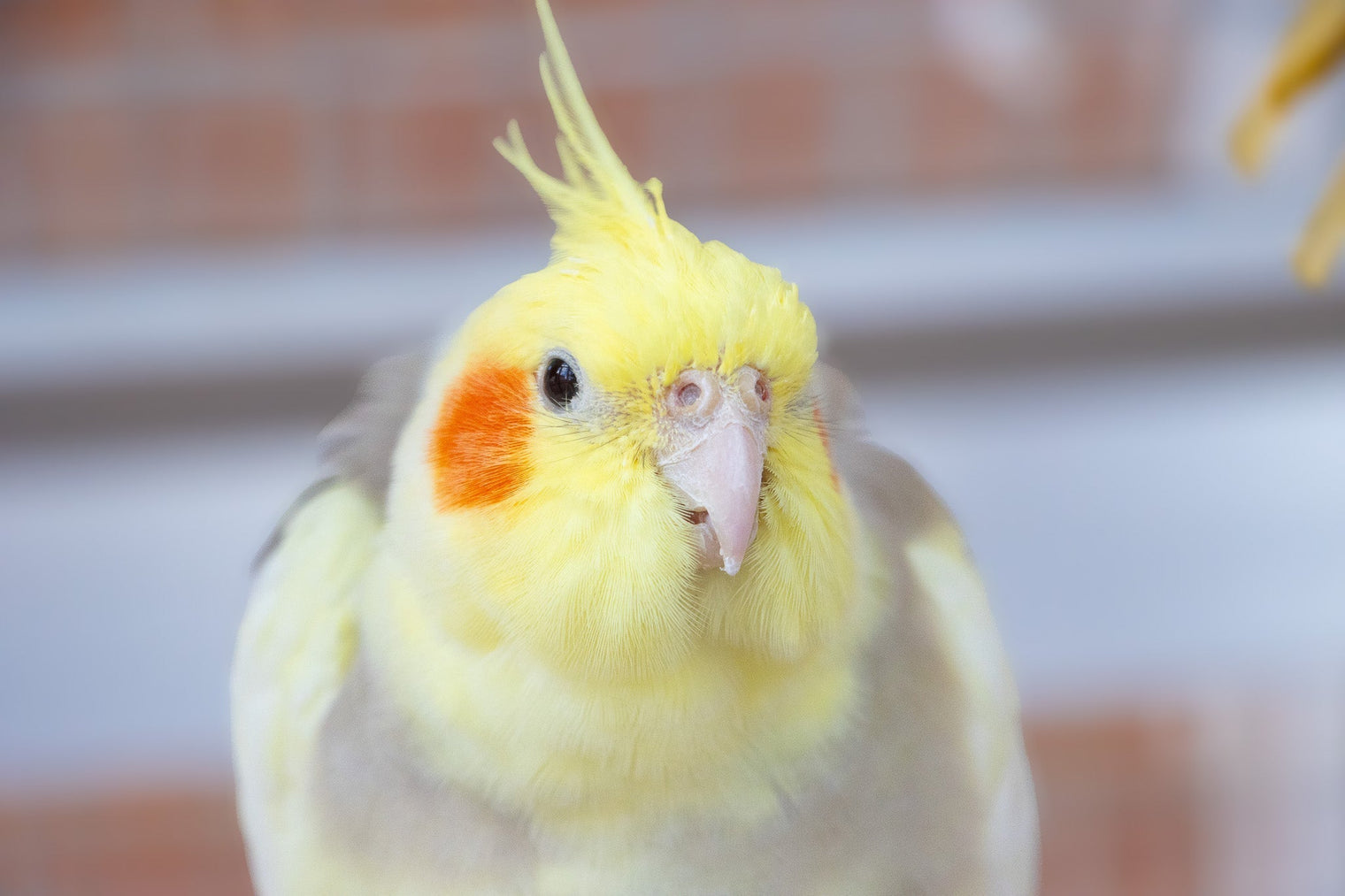Discover the essential role of pin feathers in your bird’s natural growth cycle. Learn what pin feathers are, why they appear, how to care for your bird during molting, and when to seek veterinary advice.
If you’ve shared your home with a bird for even a short while, you may have noticed tiny, spiky feathers poking through their plumage from time to time. These are called pin feathers, and they’re an essential part of your bird’s natural feather renewal process.
As a bird lover, understanding pin feathers is vital — not only to support your bird’s health but also to strengthen your bond during this sometimes sensitive stage.
What exactly are pin feathers?
Pin feathers, also known as blood feathers, are new feathers that are actively growing. When they first emerge, they look like little pins or quills with a waxy coating. This sheath protects the delicate feather inside as it develops.
Because they contain a blood supply at the base, pin feathers are living tissue while growing. This blood supply nourishes the feather, allowing it to mature fully before the sheath flakes away and reveals the final, soft feather.
Why do birds get pin feathers?
Birds naturally molt — that is, they shed old feathers to make room for new, healthy ones. This is a crucial process for keeping their plumage in top condition, supporting flight, insulation, and waterproofing (depending on the species).
During a molt, you’ll notice an increase in pin feathers. This can happen seasonally or in response to environmental factors, stress, or hormonal changes.
Are pin feathers painful?
Yes — to some extent. Pin feathers can be quite sensitive because of the blood supply and the nerve endings in the feather shaft. Many birds become a bit cranky or less tolerant of handling during heavy molts for this reason.
It is important to approach your bird with extra patience and gentleness during this time. Respect their boundaries and avoid touching areas dense with pin feathers, such as the head and neck.
Can I help my bird with pin feathers?
Absolutely — but with care. Some birds enjoy gentle assistance removing the waxy sheath on pin feathers they can’t reach themselves (like those on the head). However, this should only be done if your bird is comfortable and trusts you completely.
Other ways to support your bird include:
-
Offering regular mist baths or showers, which can help soften the keratin sheath and make it easier for the bird to preen.
-
Ensuring excellent nutrition, including a balanced diet rich in vitamins, minerals, and proteins necessary for feather development.
-
Providing enrichment and soft perches, so your bird can comfortably preen and manage new feather growth.
When to be concerned
While pin feathers are normal, there are situations where you should consult an avian veterinarian.
-
If a pin feather is bleeding heavily (this can happen if it breaks), it is a true emergency. Apply gentle pressure with a clean gauze pad and seek veterinary assistance immediately.
-
If you notice persistent bald spots or abnormal feather growth, this may indicate underlying health or behavioral issues.
Final thoughts
Pin feathers represent renewal and resilience — two beautiful qualities birds embody. While they can bring temporary discomfort, they also promise a fresh, vibrant plumage that allows your bird to look and feel their best.
As bird caretakers, our role is to observe, support, and respect these natural processes. By understanding pin feathers, you’re already taking a forward-thinking, compassionate step toward deeper connection and better care.

